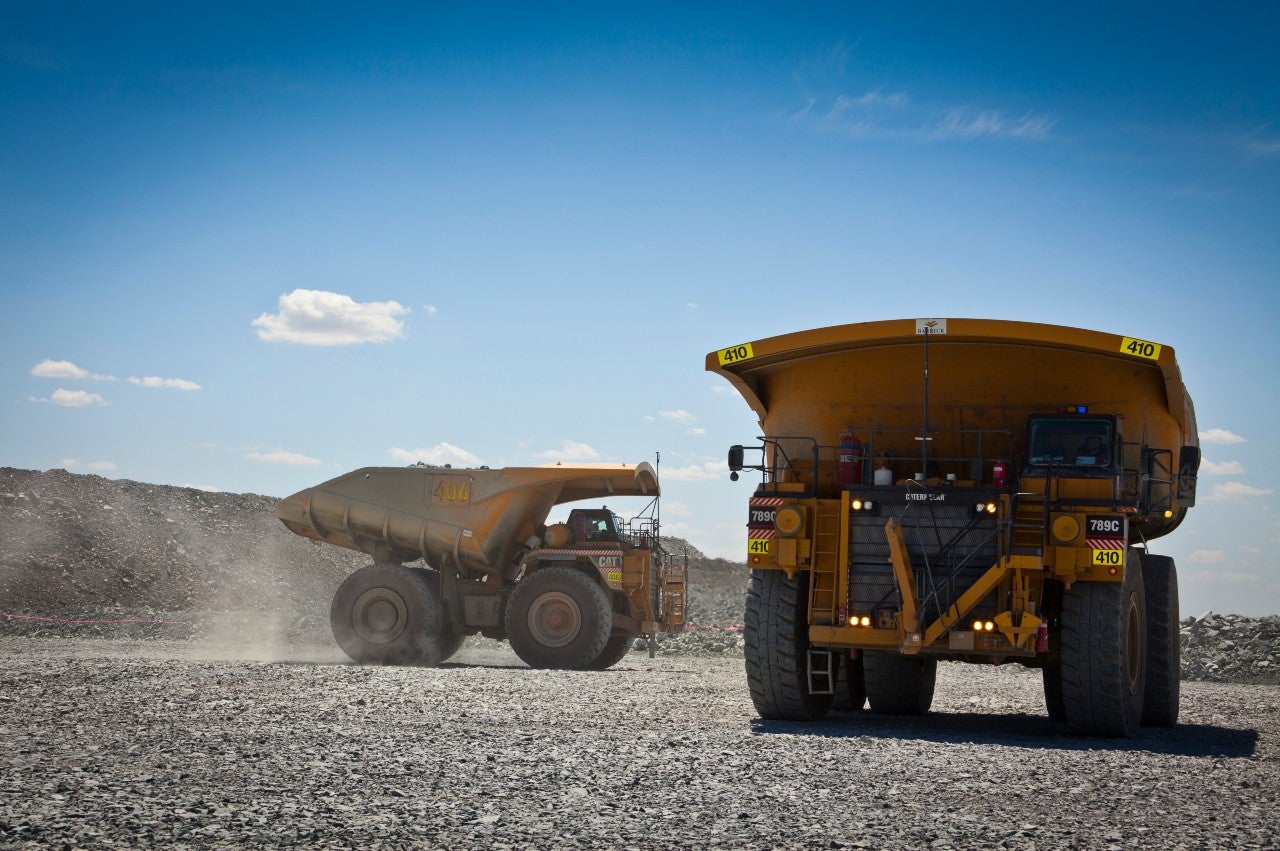
Dump bodies are moving into the earthmoving spotlight with a series of high-performance innovations that boost efficiencies. We hear from Glenn Brearey, General Manager of the Schlam Payload Solutions, on the importance of optimising payload and why an engineering mindset is the solution.
Frozen loads, carryback, waste and truck stability pose a threat not only to mining efficiencies and valuable machinery but sometimes to human life.
A hazardous industry operating in some of the world’s harshest environments asks a lot of its workforce, plant and machinery. Now, a combination of precision engineering, high-performance materials and a long mining pedigree is being harnessed to revolutionise the design of dump bodies and excavator buckets and offer bespoke solutions that optimise payload, boost productivity and improve safety.
“Payload inefficiencies are a cause for concern on a number of levels,” says Glenn Brearey, General Manager of Schlam Payload Solutions, the manufacturing arm of Schlam behind the ground-breaking Hercules open-cut body, Bullant underground dump body, and Barracuda buckets. “Left unchecked, they can result in wear and tear on equipment, higher downtime and maintenance costs, bigger fuel bills, higher emissions and increased capital expenditure on fleet.”
Yet, despite the challenging circumstances they operate in, dump bodies have changed little over the decades. They have traditionally been produced for generic mining conditions, not tailored to the different environments, commodities, strategies, or earthmoving fleet they are used in.
“Dump bodies’ excessive weight means they often miss their payload capacity – losing up to 10% payload per trip,” says Brearey. “This becomes very expensive over time, as they are effectively carrying steel instead of ore.”
In 2021, the company celebrates its 25th year in operation, after Barry Schlam spotted a need for high-quality precision welding and fabrication services in Western Australia’s mining sector, founding Schlam Welding near Perth, which his son Ryan joined in 2001. Recently, the company has rebranded under the name Schlam after bringing together three companies under one banner – Schlam Engineering, DT HiLoad and The Pilbara Clean Machines – allowing the group to consolidate its expertise in improving mining productivity.
“Engineering is at the heart of everything we do, and we take a holistic view of productivity,” says Brearey. “Productivity problems don’t solve themselves, and our engineering division gives customers access to people and The technology that enables them to rethink and reinvent how they do things.”
That engineering know-how has now been transforming payload capacity for over a decade in the form of the Hercules, a demigod among dump bodies that has been evolving for 20 years. To date, over one thousand have been built in Australia alone. Each body is custom-built to a client’s specifications, with an innovative curved design that is lighter and more durable than traditional bodies.
“It’s more flexible, too,” adds Brearey, “and independent studies show the ability of a flexible dump body to absorb forces results in a reduction in stress throughout the truck chassis. This all means your fleet can carry more payload every trip, freeing up cash flow and delivering a solution that will last for years with a payback period of as little as a few months.”
The Hercules HX model flexes its muscles even further, with the addition of Hardox® wear plate, an abrasion-resistant steel that can withstand heavy blows and is up to three times more durable than regular steel. Hardox® has also been incorporated into Schlam’s Barracuda excavator buckets, injecting some steely glamour into the load-and-haul process.
Schlam Payload says the biggest challenge to payload productivity is managing the balance between longevity and maximum payload. The company can design a dump body for either scenario, but it results in a trade-off, which is where Brearey sees attitudes changing.
“Previously, miners wanted a dump body to last the lifetime of a truck, making the body heavier and therefore down on payload,” he says. “These days, many miners treat the body as a consumable item to achieve maximum payload.”
Schlam’s structure takes a three-pronged approach to productivity solutions – Payload, People and Engineering. This enables it to react with agility to developments in the industry. Its R&D team can provide clients with verification and accuracy of their custom design before any steel is cut, using analytical tools to model a dump body according to a mine’s unique situation and strategy. Schlam’s payload solutions are also tested the Hercules heated body in sub-zero temperatures in Kazakhstan.
Alongside technological solutions such as flow modelling and computational fluid dynamics comes human support from the Schlam Superstars, a team of mechanics and engineers who are on hand to repair, rebuild or maintain heavy mobile equipment and fixed plant. “We follow the product from the design table to installation, commissioning and beyond,” says Brearey.
From its HQ in Perth, Western Australia, Schlam collaborates with major OEMs to conceive payload solutions for all major truck models used in mines across the world. Schlam has products and maintenance employees at work in mines on six continents, with manufacturing partners in China and Columbia. The company sees the main areas of growth in Africa, North America, and East and Central Asia. Brearey foresees opportunities in metals used in renewable technologies, such as nickel and copper, and sustainability, which lighter dump bodies will help address, as will the recycling policies of innovative partners such as Hardox.
“While increasing payload has been the strategy of major mining companies for the last five years, it will soon become the industry norm,” says Brearey. “Companies at the forefront of this payload drive will be willing to push boundaries even further. We see these practices being adopted in other mining jurisdictions around the globe.”


